Where to stay in Spain – the safest regions and places to avoid when you can travel again
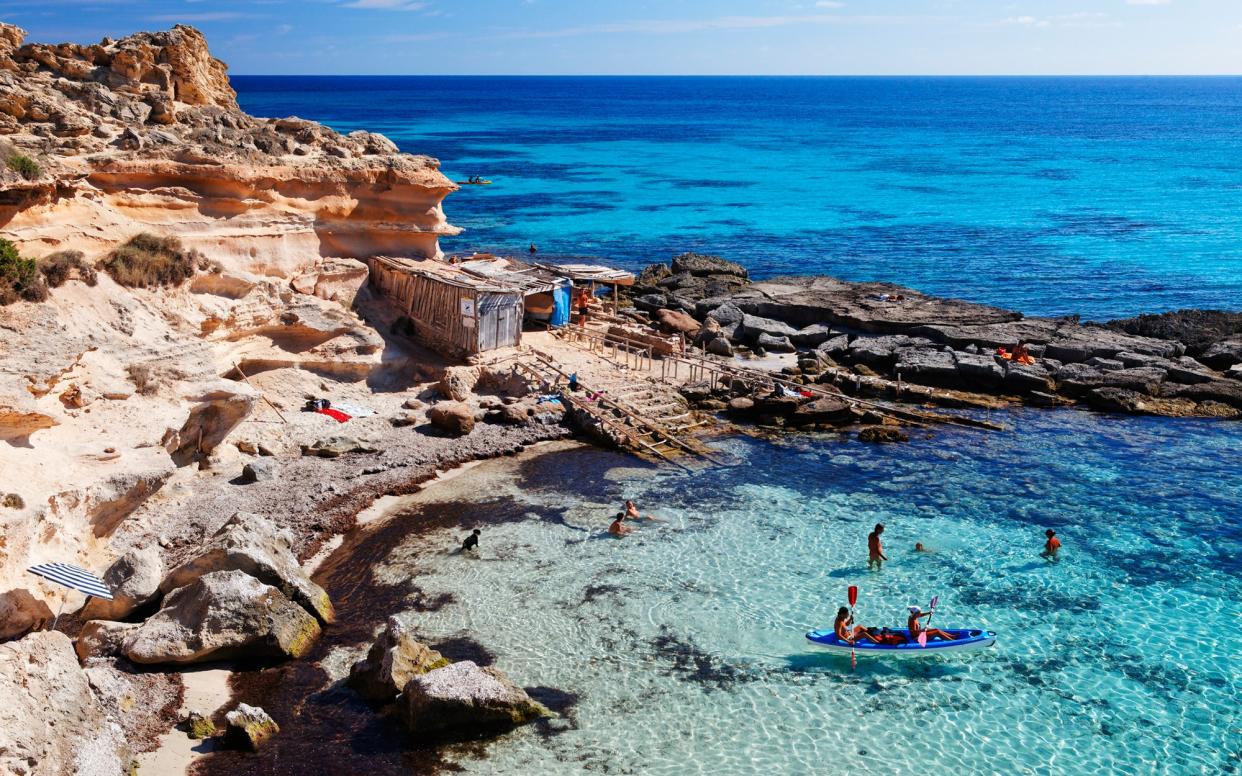
Spain reopened its borders to European tourists on June 21 – 10 days earlier than previously planned – including Britons. However, FCO still advises against all non-essential travel and British citizens returning to the UK will be asked to quarantine for 14 days.
That said, it looks like that could be set to change in the near future: The Telegraph has been told that Spain will feature in the list of first air bridges, due to be announced this week and to come into force from July 4.
Here are five regions where I guarantee you a good time when it is possible to travel again.
• When can I travel to in Spain? See the latest advice
Government guidelines may change rapidly and without warning; be sure to check the latest FCO advice before booking and/or travelling to any destination.
Where to stay:
1. The Balearic Islands
Mallorca, Menorca, Ibiza and Formentera are among our top destinations for beach holidays and the islands are ready to welcome tourists from other countries as soon as restrictions are lifted – although not all hotels are going to open and occupation levels will be limited. Bars and restaurants are already operating at 75 per cemt capacity, both inside and on their terraces, and are busy with local residents.
Shops and markets can reopen with social distancing measures in place. There are no restrictions on moving around each island or travelling from one to another. While villas and apartments, which provide more privacy and less social contact, are likely to be in high demand, hotels have put stringent hygiene controls in place to ensure safety. The tourist board has created a digital travel planner to help tourists create their ideal holiday.
• Where to stay in the Balearic Islands
• An expert travel guide to Majorca
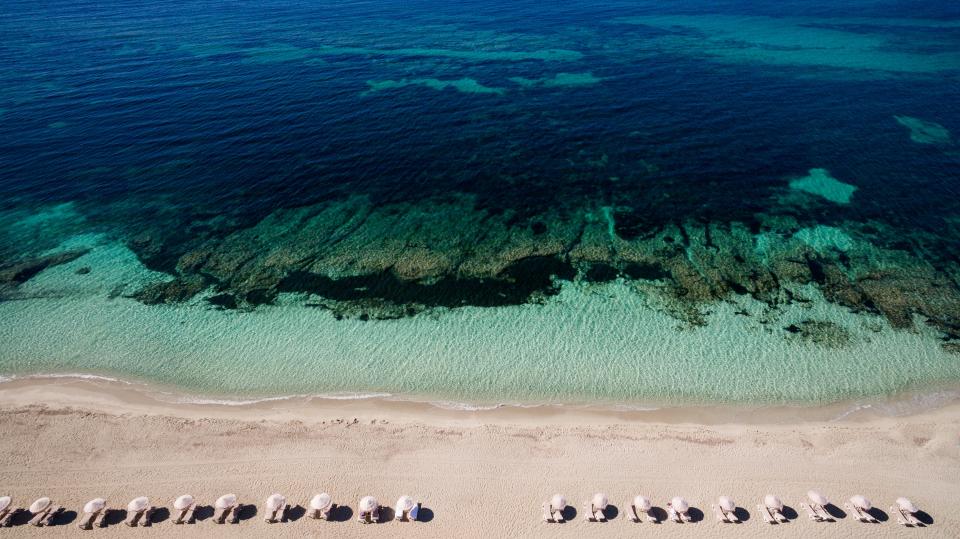
2. The Canary Islands
Cases have been very low in the Canaries, with hardly any in the smaller islands of La Gomera and El Hierro and no new cases in Lanzarote and Fuerteventura for six weeks. While all necessary precautions are being put in place, the Canaries are very keen to stress that their visitors should still feel like they are on holiday rather than being in some kind of hospital environment.
One thing that is likely to happen is that tourists will have to take a Covid-19 test in their country of origin, so they can get on with relaxing and enjoying themselves as soon as they arrive. If you aren’t thinking of travelling abroad this summer and want to wait and see how things develop, a winter sun trip to the Canary Islands, whether for a beach holiday or a more active break to hike, cycle or surf might be something to look forward to.
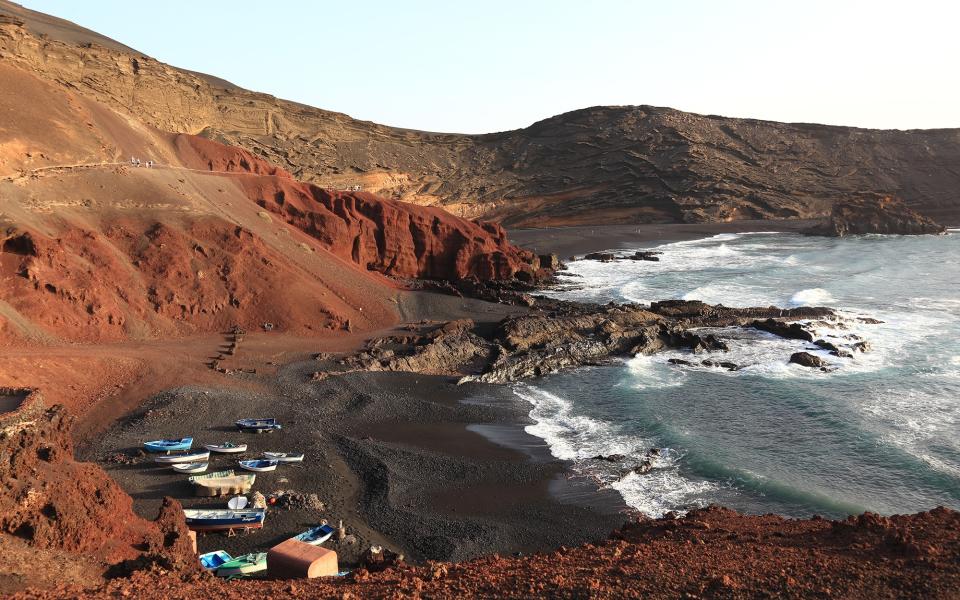
• Where to stay in the Canary Islands
• An expert travel guide to Lanzarote
3. Costa de La Luz
The region of Andalucia has had only two cases per 100,000 of the population – while the figure is 22 for the Madrid region and 24 for Catalonia. Of the eight provinces, Huelva, in the west of the region bordering Portugal, has had the lowest rates, so it could be worth looking at the resorts along this stretch of the glorious Costa de La Luz, such as Mazagón, Punta Umbría, El Rompido, Islantilla and Isla Cristina.
As well as big hotels, there is a lot of self-catering accommodation, both villas and apartments, as well as campsites along the Costa de La Luz, which starts in Cádiz province near Gibraltar. The coast is basically one long beach so there is not usually a problem finding a bit of space, even in high season.
• The best hotels in Costa de la Luz
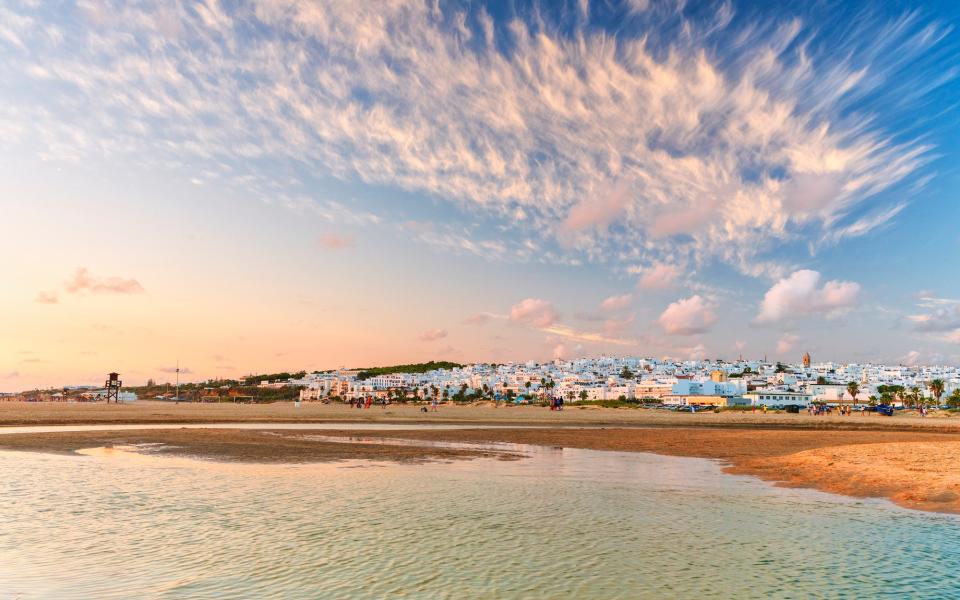
4. Cantabria and Asturias
These small, adjoining regions on Spain’s north coast have both had a low number of cases and lend themselves to holidays where you can easily control social contact for much of the time. If you are wary about flying, they are easy to reach by ferry to Santander in your own car. Beaches here are big, sandy and often backed by cliffs, a bit like Devon and Cornwall, with temperatures that are less sweltering than southern Spain but warmer than the UK. Stay in traditional houses, either small b&bs or self-catering, and drive to beaches or into the mountains – both regions are terrific for hiking, climbing, kayaking and other adventure sports.
• The best hotels in Cantabria
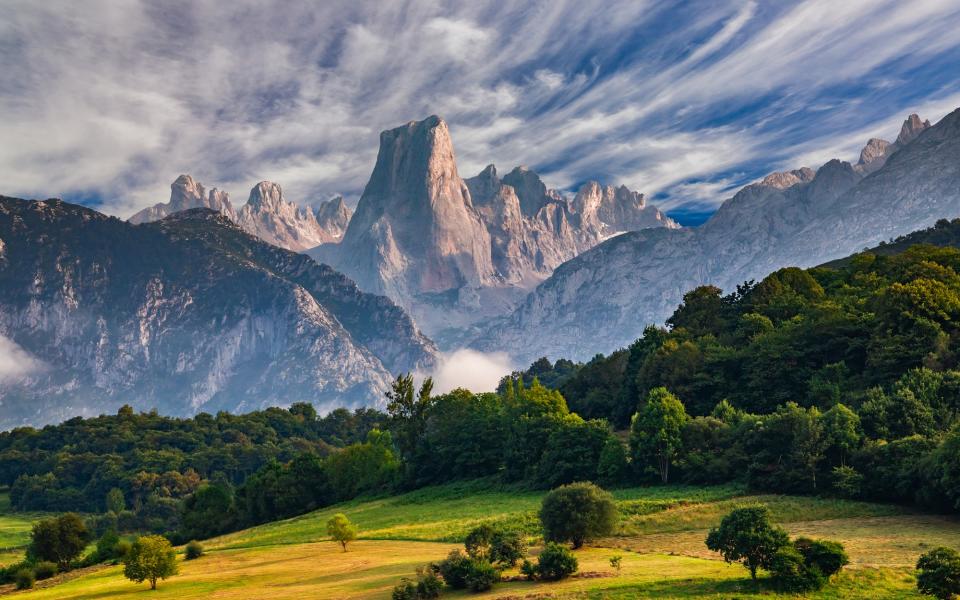
5. Extremadura
If you don’t fancy a beach holiday – and enjoy long drives – this might be the year to consider the vast inland region of Extremadura in the south west of Spain. Fly to Seville or Madrid (or again, take your own car on the ferry to Santander) and drive across miles and miles of dehesa countryside, where holm oaks provide the acorns for the Iberian pigs that produce the best ham. Wonderful cheeses and wines are made in this out-of-the-way part of Spain too.
Get lost in the medieval lanes of Cáceres and the gorgeous historical hilltop town of Trujillo. Then see the extraordinary Roman heritage in Mérida. The Monfragüe national park, where green hills are scored by rivers and streams, is a paradise for birdwatchers with a large colony of black vultures as well as black storks, Spanish Imperial eagles and many other species.
• The best hotels in Extremadura
• The remote region of Spain whose isolation is now proving an advantage
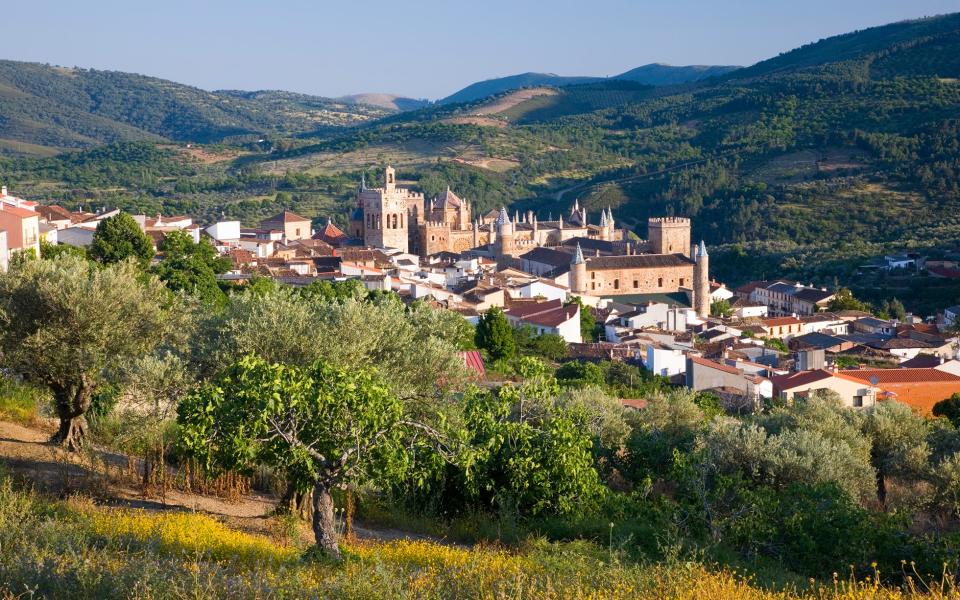
Where you should avoid for now:
Madrid
Nearly 30 per cent of Covid-19 cases in Spain have been in the Madrid region. That said, by the time UK tourists are able to go there it will have emerged from lockdown.
The excessive heat in summer in Madrid makes sightseeing exhausting every year, but I do usually recommend going in August to experience the surprisingly untouristy street festivals that take place in the most characterful neighbourhoods. These have been cancelled this year, however, so plan a trip for later in the year, maybe in November or December to do some Christmas shopping.
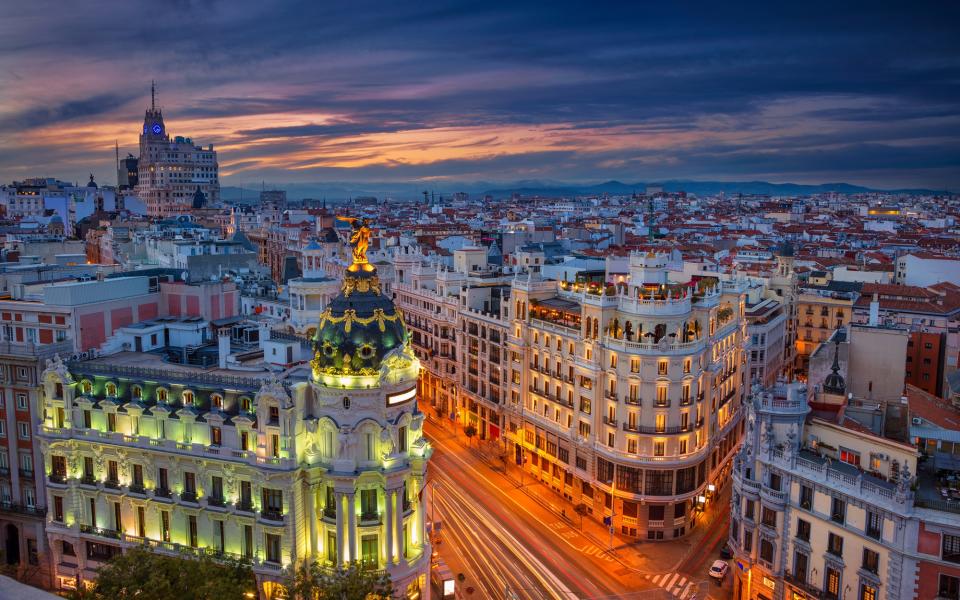
Barcelona
Catalonia has also had a high level of Covid-19, with 25 per cent of cases, but will be out of lockdown when international tourism resumes and I’m sure Barcelona, the Catalan capital, will be top of the list for a lot of people’s city breaks. I would leave it until the autumn though, particularly as many of its citizens may decide to stay put this summer rather than going on holiday to other parts of Spain or beyond, so the beaches might well still be busy – although video sensors are being installed in an attempt to keep numbers down to safe levels.
Playa de Palma, Majorca
Resorts that are popular with tourists from Germany, such as Playa de Palma in Majorca, are likely to be busier than others this summer as their coronavirus situation was brought under control earlier than other countries and therefore their tourism sector has been able to restart sooner. Their citizens are already able to go ahead and book their holidays in their favourite destinations, which are therefore likely to be busier this summer. Don’t be totally put off though, as Playa de Palma has been pioneering post-Covid practices and is likely to be one of the safest areas on the island.

